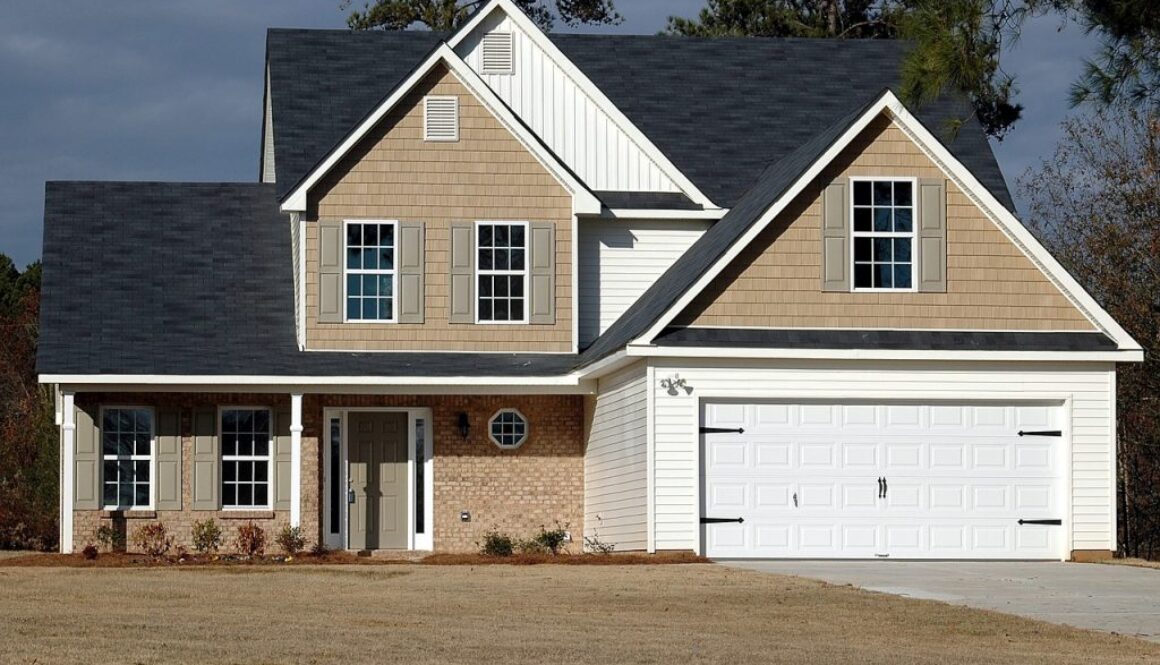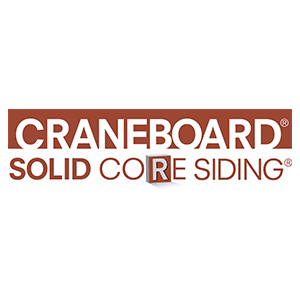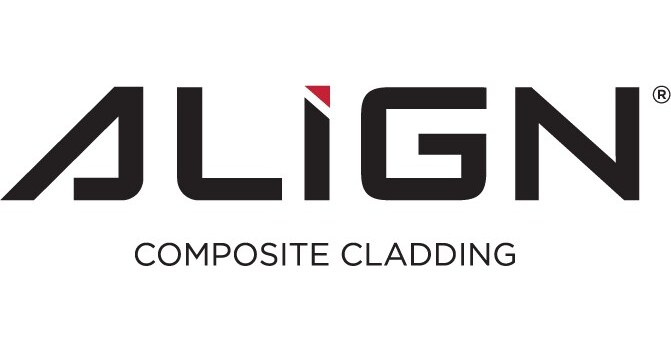What is the Best Siding For My Home in Dallas-Fort Worth Texas?
What is the Best Siding for My Home
Whether your homes exterior cladding is brick, siding or both. Your homes cladding and roof are your last line of defense against extreme weather and the damage that it will cause if your cladding fails. If your home built in the last 25 years, then you too may be experiencing the nightmare that is rotting Masonite siding. Like many Texas homeowners, your old siding is rotting off your home and the squirrels have been using it to build nests for years. With many modern siding options available. We’ll try and narrow down the best siding choice for your home.
High Maintenance vs Low Maintenance?
Today’s modern siding comes in a variety of materials and colors. Including low maintenance options like Align Composite Siding, Prodigy Stack Lap Laminated Vinyl Siding, CraneBoard Solid Core Acrylic Laminated Vinyl Siding and more. Also, there are great engineered wood siding products like Diamond Kote Stack-Lap and LP Smart-Side. As well as High Maintenence options like Fiber Cement. Each has advantages and disadvantages depending on the vision of your project. Plus each differs in the up front investment vs long term costs.
The problems with your current siding.
Like many Texas homeowners. You may be experiencing years of decaying siding and water intrusion into your home. The unseen damages can be extremly expensive if not addressed quickly. Here are some examples of what we see during our on-site consultations.
-
Bad siding installation. This is the number one problem that we see on North Texas homes, and a big reason for siding failures.
-
Accessory trim not sealed to the siding allowing water to get behind the siding.
-
Open gaps in the lap siding with failing caulking and no flashing.
-
Improper soffit ventilation that reduced your homes ability to “breath” and exhaust hot attic air. This can lead to premature shingle failure on your roof
-
Siding used for fascia boards.
-
Peeling and failing paint and caulking.
-
Siding not properly flashed and installed too close wet surfaces. Improper flashing alows water to get behind your siding causing it to fail.
-
No house wrap or vapor barrier behind the siding. The house wrap protects your wall surface when water gets behind your siding.
-
Large gaps behind the old siding that allows water into your wall cavity. This is damage that you often can not see until it’s too late.
-
Siding nailed incorrectly causing it to warp on the wall, leading to premature failure.
-
Bad gutter installation. Gutters that are not sloped correctly, installed over the drip edge instead of under the drip edge and hide small outlets under large downspouts. All these shortcuts restrict water flow and lead to clogged gutters and damaged fascia.
How do We Fix Our Siding Problems?
Many siding contractors in Dallas-Fort Worth Texas. Will hide or mask the problem, to keep their prices as low as possible. Many siding contractors will try and tell you it’s OK to re-side over your existing siding. I would say this is rarely a good idea. There is often unseen damage behind the old siding that needs to be corrected. There are however, times when it is ok to put house wrap over your existing siding and apply the new siding over the house wrap. Here is how ProTex Remodeling approaches every siding project we’re involved with.
-
Assess the existing siding, soffit and fascia for obvious damage and needed repairs
-
Look for problem areas that may have extensive damage due to missing or improper flashing.
-
Determine if the project needs a complete or partial tear of the old siding. Sometimes neither are required, saving you money.
-
Replace all rotted wood.
-
In the case of a complete tear off. New OSB sheathing is often required. We recommend Zip Board.
-
Check for proper soffit ventilation. Install continuous vented soffit. Always adding more ventilation to the soffit boards before installing the new soffit.
-
Install proper House Wrap Vapor Barrier for water and moisture management.
-
Install optional radiant barrier for added thermal efficiency.
What are the Best Siding Solutions for You?
With many great siding options in the marketplace. ProTex Remodeling has partnered with what are the very best siding manufacturer’s. These are not the cheapest options. However, these are some of the best values in the siding industry. Our goal is to complete your siding project with the best materials possible. When done right, you should never have to spend money on siding your house again.
-
Aligh Composite Siding is our most popular choice and the newest technology in exterior cladding systems. Align is engineered with a combination of glass reinforced polymer and graphite infuse polystyrene. This GP-2 technology, designed for superior performance in wind load, thermal and impact resistance, and workability. Align Siding has a Class A Fire Rating in Both Flame Spread and Smoke Reduction. Making Align the #1 choice to protect your home and your family.
-
CraneBoard Solid-Core laminated vinyl siding. This is one of the best vinyl siding on the market. Virtually maintenance free and a Limited Lifetime Warranty including Hail Damage. This is the last siding you will ever have to buy.
-
Prodigy Stack Lap Insulated Vinyl Siding. This siding system comes in 16′ length that result in 33% fewer seams for a beautiful installation.
-
Diamond-Kote Stack-Lap engineered wood siding. This is a Pre Finished engineered wood siding with a 50 year warranty and 30 year no fade warranty on the finish. Plus, a 5 year labor warranty on the installation.
-
Crane Market Square Vinyl Siding. This is a lower investment alternative to CraneBoard Solid-Core. This sidng is great for the homeowner that is on a budget and doesn’t want to sacrafice quality.
-
When combined with Progressive Foam drop in insulation. Market Square has solid performance in any weather.
-
LP Smart-Side. This is an engineered wood siding with a 50 year warranty. Although less to install, this siding does need to be painted after installation and every 5-7 years to maintain warranty coverage. Resulting in higher long term maintenance costs.
-
Fiber Cement. The lowest initial investment and a popular choice in Texas. Fiber cement is not my favorite material to work with as Silica Dust causes canacer. Fiber Cement is the siding that we see improperly installed the most. In order not to void your warranty, you must paint this siding within 45 days of installation and maintain the paint and maintenance cycle every 5-7 years. This results in the highest long term maintenance costs. Fiber Cement Siding is most often damaged by hail and flying debris due to its lack of flexability. Fiber Cement is very hard to repair and does not hold fasteners well. Nailing must be every 4”-16” with proper stainless ring shank fasteners to maintain warranty coverage.
With Professional Installation, These are all Great Choices for Your Home.
I can not stress enough the importance of using a qualified siding installer for your new siding project. The installers must know what they are doing and follow manufacturers best practices so warranties are not voided. Remember, labor is often subcontracted and manufacturer’s often use improper installation to avoid warranty claims. You only have one chance to get this done right. The company that you choose may have nothing to do with the quality of installer that shows up at your home. Here are some tips on a quality installation.
-
Fix or replace all rotted wood.
-
Install proper flashing and maintain proper clearances. Refer to the siding manufacturer’s specifications.
-
Install a vapor barrier and tape all seams before installing the siding.
-
Trim boards, corners and accessories always get installed first. Never overlap trim boards to the siding and allowing water penetration. Especially when installing fiber cement or engineered wood siding.
-
Level the starting strip to the lowest wall on the home using a laser level or measure down method.
-
Always use stainless steel fasteners. We use stainless steel truss screws for our vinyl siding. We use ring shank stainless steel nails for engineered wood and fiber cement siding.
-
Always use proper seam flashing, drip edge, kick out flashing and only use premium exterior sealants.
-
Clean the siding and accessories at the end of the job for a professional installation.



